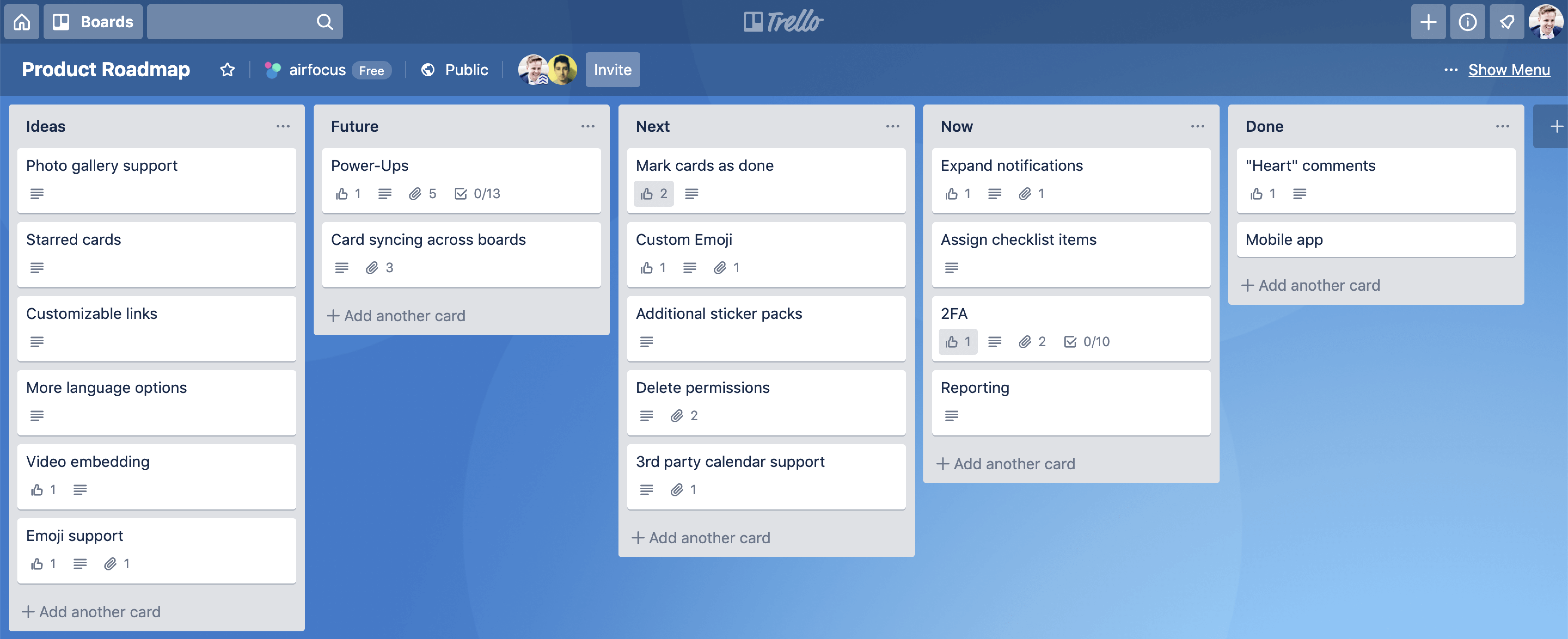Lean and Six Sigma can help your business tackle challenges and achieve objectives.
Choosing the right strategy to optimize business processes can be daunting. The Lean and Six Sigma methodologies—both aimed at boosting efficiency and reducing waste—are popular choices.
But what are the key elements of Lean vs Six Sigma, and which one should you use? Explore the core principles, tools, and applications of both methodologies to make the best choice for your business.
Overview of the Lean methodology
Born out of the Japanese manufacturing industry, the Lean methodology teaches companies how to do more with less. It revolutionized Toyota's production process in the 1980s and has since become a globally recognized approach for enhancing productivity and efficiency.
The primary focus of Lean is to eliminate any activity that doesn’t contribute value to the end product from the customer’s perspective.
At its core, Lean aims to identify and eliminate three types of wasteful tasks to improve efficiency:
Muda (non-value-adding work)
Mura (inconsistency in business processes)
Muri (overburdening of employees or equipment)
To streamline processes and capitalize on waste reduction, Lean uses specific tools and techniques, including value stream mapping. This provides a visual representation of the flow of materials and information from supplier to customer, helping to identify areas for improvement.
Kanban, a project management methodology and scheduling system, ensures that production only happens based on customer demand, minimizing overproduction waste. Just-in-time production further bolsters efficiency by making sure that products are only made when there is a demand, thus reducing inventory waste.
Overview of the Six Sigma methodology
Six Sigma also brings substantial improvements to business efficiency and productivity. Where Lean focuses on streamlining processes and eliminating waste, Six Sigma places its emphasis on quality management through data-driven decision-making and reduction of defects.
Six Sigma's approach to quality improvement is based on a five-phase framework known as DMAIC, an acronym for Define, Measure, Analyze, Improve, and Control.[1] This structured methodology helps businesses identify problems, measure current performance, uncover root causes behind problems, implement improvements, and establish controls to sustain those improvements over time.
Six Sigma is more than just training. It's a comprehensive and flexible system that, when correctly deployed, can result in both hard and soft money savings while enhancing customer satisfaction.
This methodology has been successful across a range of industries and business sizes.
For example, in 1999 GE Capital was able to save a whopping $2 billion using Six Sigma, demonstrating the substantial impact this methodology can have on a company’s bottom line.[2]
Still keeping your options open?
12 Project Management Methodologies to Examine Before Choosing One for Your Business
Key differences between Lean and Six Sigma
Understanding the main differences between Lean and Six Sigma allows you to choose the appropriate strategy for your needs.
Lean | Six Sigma | |
|---|---|---|
Primary focus | Primarily concerned with eliminating waste and increasing efficiency to improve overall customer value | Focuses on reducing process variation and defects, aiming for near-perfect output[3] |
Approach | Follows a more flexible, people-oriented approach, focusing on empowering employees to identify and eliminate waste | Uses a more structured and data-driven approach, relying heavily on statistical analysis to achieve quality control |
Tools and techniques | Uses tools such as value stream mapping, Kanban, and Just-in-time production | Uses tools such as statistical process control, Pareto analysis, and the DMAIC process |
Scale of application | Lean is often applied broadly across an organization to improve efficiency at all levels | Six Sigma typically targets specific processes or problem areas for improvement |
Ideal use cases | This versatile methodology can be used in various industries and is particularly effective if you're looking for rapid, incremental improvement | Best-suited for larger organizations or projects with quantifiable business outcomes, where defect reduction is a significant concern |
Benefits and limitations of Lean
This methodology offers an array of benefits, making it a powerful tool for organizations aiming to improve their efficiency and customer focus. However, like all methodologies, it also has its limitations.
Benefits
Efficiency improvement: Streamlining processes by eliminating waste improves efficiency and productivity. For example, research shows that productivity in emergency departments adopting a Lean management approach rose nearly 20%.[4] This demonstrates the broad applicability and effectiveness of Lean across different industries, far beyond its original manufacturing context.
Customer-centric: This approach focuses on delivering value to the customer, aligning organizational goals with customer needs and expectations.
Adaptability: This methodology is highly adaptable and can be applied to various situations, businesses, and industries.
Continuous improvement: Lean promotes a culture of continuous improvement, where processes are regularly evaluated and optimized.
Limitations
Reliance on employee participation: Lean requires active involvement and cooperation from all employees, which can be challenging to achieve in large organizations.
Ongoing commitment: Lean is not a one-time project but requires an ongoing commitment to continuous improvement, which can be resource-intensive.
Benefits and limitations of Six Sigma
Similarly, the Six Sigma methodology also presents a unique set of advantages and constraints.
Benefits
Quality improvement: Six Sigma methodologies focus on reducing process variability and defects, leading to significant quality improvements.
Cost savings: By identifying and eliminating defects, Six Sigma can result in significant cost savings for your organization.
Customer satisfaction: An emphasis on quality means better products and services, which increases customer satisfaction.
Data-driven decisions: Six Sigma's approach is highly data-driven, providing a solid basis for business decisions.
Limitations
Requires training and expertise: Successful implementation of Six Sigma requires extensive training and a deep understanding of statistical analysis tools.
Can be time-consuming: The rigorous, data-driven approach of Six Sigma can be time-consuming, particularly in the initial stages of implementation.
Lean vs Six Sigma: Choosing the right methodology
Selecting the right methodology for your organization is a critical decision that depends on your specific needs, goals, and resources. When assessing which methodology is the best fit, consider the following factors:
Business objectives: Identify your organization's primary goals. Are you more focused on waste reduction and streamlining processes (Lean), or do you want to reduce variations and improve overall quality (Six Sigma)?
Resources available: Consider the resources you have at your disposal. Lean might be more applicable for businesses with limited resources as it primarily focuses on waste elimination. Six Sigma, on the other hand, often requires a larger resource investment and is typically better suited to larger organizations.
Organizational culture: The success of implementing any methodology relies heavily on your company's culture. Lean might be a better fit for organizations that value employee empowerment and continuous improvement, while Six Sigma often fits well within companies that value statistical analysis and structured problem-solving.
Industry requirements: Some industries have specific requirements that might make one methodology more attractive than the other.
Lean and Six Sigma are not mutually exclusive; in fact, many successful businesses use a blend of both methodologies to achieve their goals.
Evaluate where your company is now, and where you want to be. This analysis will guide you in selecting the methodology that is right for your challenges and your objectives.
Looking for the right project management tool as you move forward with Lean or Six Sigma? Check out these resources:


